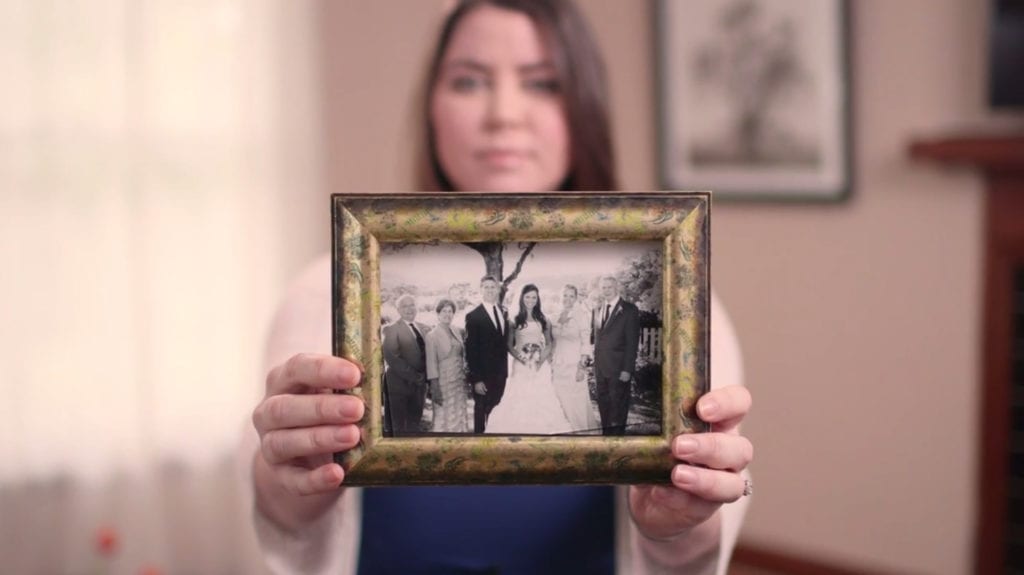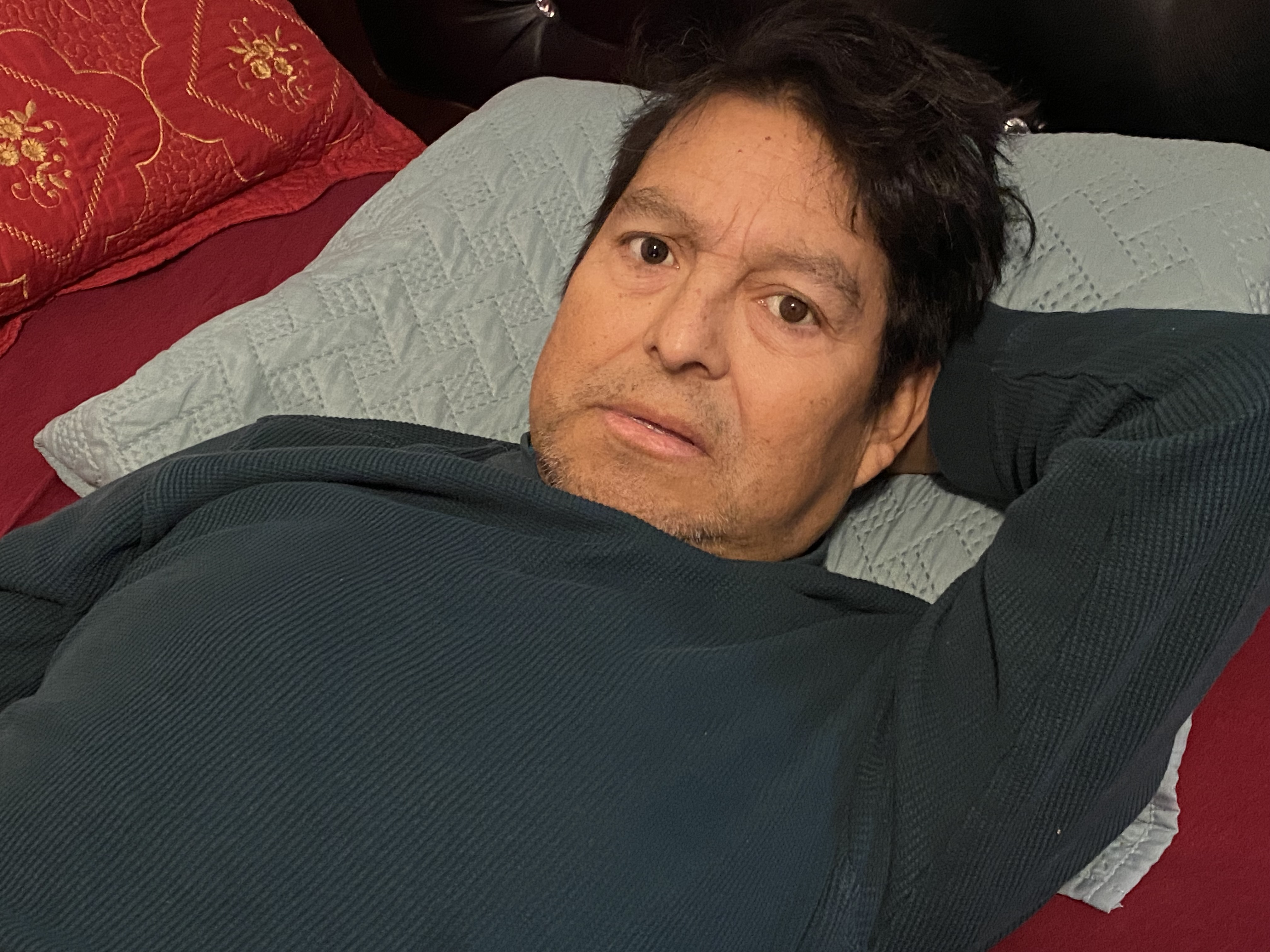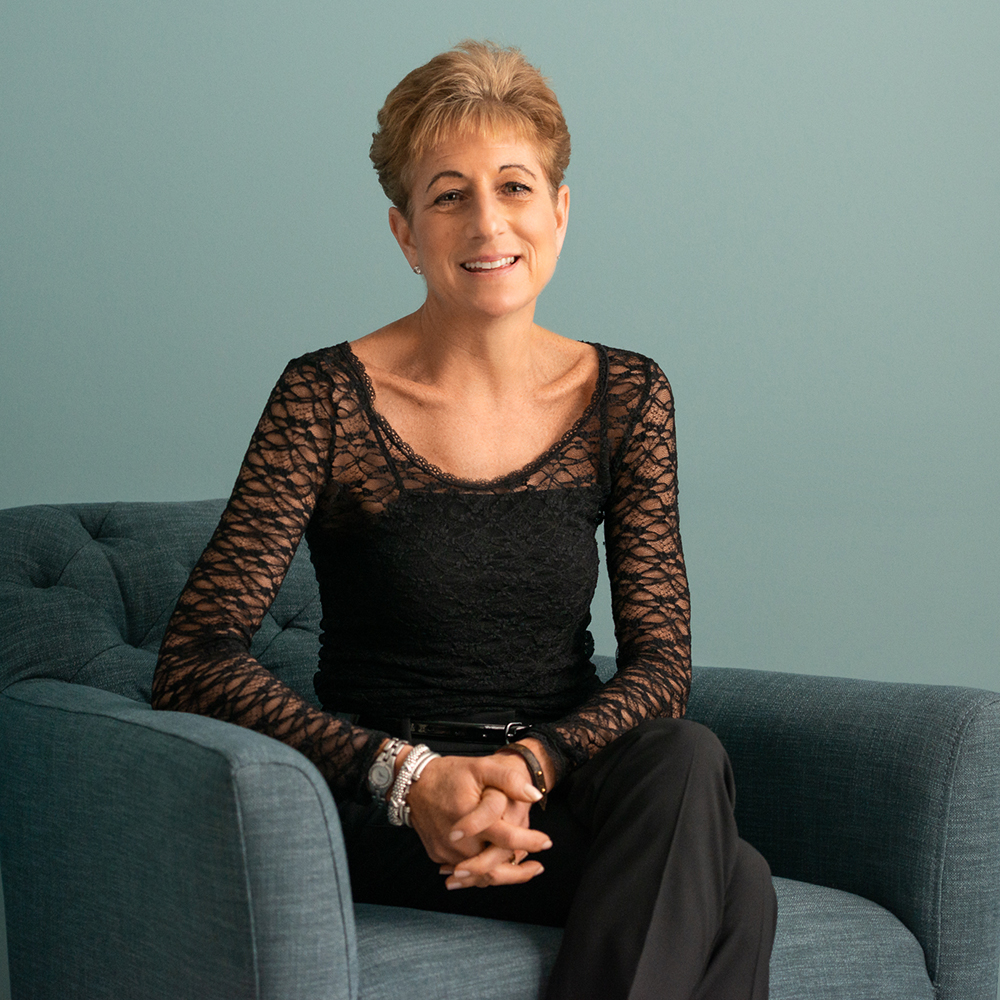Susan shared her story in July of 2022.
My mother was happy if the people around her were happy — sometimes to her own detriment. During my father’s last year of life, as his dementia intensified, Mom’s concern and care for my father were so all-consuming that she ignored the warning signs about her own failing health.
In June 2018, Mom turned 90. In August my father passed away. The next month, Mom moved from New Jersey, where she and Dad had lived, to an independent-living facility near me. Recently retired from my career in tech support for home care and hospice software, I not only had the time to care for my mother, but I also had nearly five years of experience as a hospice volunteer to draw on.
Right away I could see that Mom wasn’t feeling well. She had open pressure wounds that would not heal. Her arm turned black after she ruptured a tendon pulling out a dining chair. She would get hit with sudden spells of weakness and nausea that required multiple emergency room visits and hospital stays, where they would give her IV fluids, prescribe some physical therapy and/or wound care, and send her home.
Over the course of October, November and December, Mom continued to have these episodes. The doctors did blood tests that revealed her white blood cell count was off, but they struggled to diagnose her. In January, the doctors told her that she might have leukemia. They said that confirming this diagnosis necessitated painful tests, including a bone marrow test.
Mom knew a lot about hospice because of my experience and having just gone through my father’s death. I said, “It’s your choice. You don’t have to do all these tests.”
“What if I don’t?” she asked.
I told her that she’d need to get palliative or hospice care so that she wasn’t in pain.
“Am I being selfish if I don’t get the tests?”
That was a hard question to hear. Given Mom’s tendency to defer to the needs of those she loved, I knew how important it was that she feel free to choose what was best for her. We called my brothers back in New Jersey, and we all agreed that if declining further tests and potential treatments and going into hospice was what Mom wanted, then that’s what she should do.
As soon as she had made that decision, my mother said, “Okay, I’m ready for the pill.”
I didn’t know it then, but New Jersey was just a couple months away from passing its medical aid-in-dying bill for terminally ill residents. Looking back, I think my mother must have been following the news about the bill closely as it made its way through the legislative process. I believe that’s why she, as a recent New Jersey resident, assumed she would have that end-of-life care option. But we were in Texas at the time, and I had to tell her I was sorry, but medical aid in dying was not available to her.
Mom moved into a hospice facility in January and then to a small group home with visiting hospice care in February. That was when things got rough. The staff at that facility were wonderful, but it seemed their approach was more about improving health rather than managing symptoms. Mom would make it clear that she was not interested in eating because of her nausea, but they would keep holding food to her lips until she would accept it. She wanted to please everyone, right up until the end.
In her last month, she was also in great pain. Even with morphine and fentanyl, she would let me know she was nauseated and hurting. I was there every day doing what I could, and I still felt I was leaving my mother to suffer.
On March 8, 2019, I went to see her, and she told me she was in pain. I called the hospice nurse, who said, “Tell the aides to get her the fentanyl dose for her pain.” They came and gave the correct dosage to Mom. Within half an hour, she said, “My heart, my heart. I’m scared.” I held her as she died.
So many people suffer at the end despite their caregiving teams doing everything they can possibly do. I’ve seen it with my mother, and I’ve seen it as a hospice volunteer. Anyone who isn’t sure about whether medical aid in dying should be authorized for terminally ill folks like my mother should visit people in hospice and speak with them and their family members. All you need to see is someone you love dearly crying out in pain and asking you to stop it — and you can’t — to be convinced of the need for this compassionate option. With medical aid in dying, my mother could have spent her last moments surrounded by family, in peace and without unnecessary pain.
My mom never would have wanted people to know that she was in pain at the end of her life. The only reason that I am sharing her story is that I know that she would do anything to keep just one other person from suffering.
To me, the most important thing about all of this is that my mother was scared and without all of her loved ones near as she died. And that’s not right. I don’t want anybody else to feel scared and alone like that. Mom would be so happy to know that she could help others die without pain and with their loved ones surrounding them.






